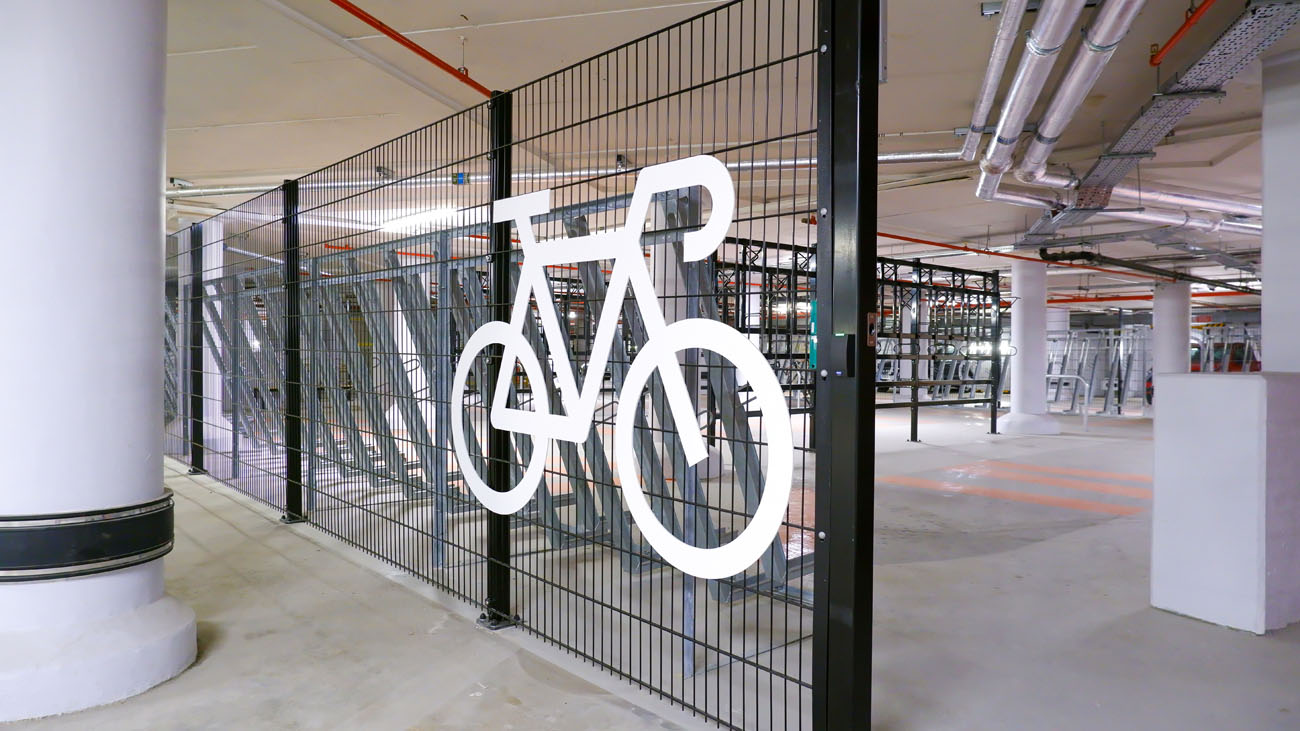What actually makes bike storage secure? Is it two-tier racks or Sheffield stands? Private access? CCTV? Guard dogs?
It’s one of the top concerns for most cyclists: keeping their bicycle safe from theft. That isn’t particularly surprising considering the value of many modern high-end bikes, coupled with the popularity of pricey e-bikes.
The question for bike storage is what constitutes the right level of security. Whether it’s including the right variety of bike racks, or housing those racks in a gated compound, through to lockers, lighting and CCTV, let’s take a closer look at secure bike storage.
Bike racks and stands
A couple of decades ago, most bicycles looked more or less the same. That’s no longer the case.
You’ll now find cargo bikes, adapted bicycles and tricycles, folding bikes, full-suspension mountain bikes, e-bikes and more on city streets and country lanes.
That means that to lock a bike securely, you’ll need the right rack or stand. For example, a disabled person won’t be able to lock their adapted bicycle in a two-tier rack or a vertical wall rack.
Different racks and stands are required for different bikes, and there is no one size fits all. Having a range of racks or stands in a cycle parking storage will mean you can cater for everyone – consider including a wider spaced Sheffield stand reserved for disabled access, for instance.
Having that mixture of parking solutions means you can still maximise capacity while giving everyone somewhere to securely lock their bike.
From there, it’s a case of locking the frame and wheels securely to the locking point. The rack in itself can’t necessarily offer more security than your lock. But, there are many ways of housing and monitoring the racks to add further protection.





